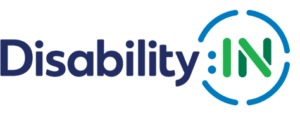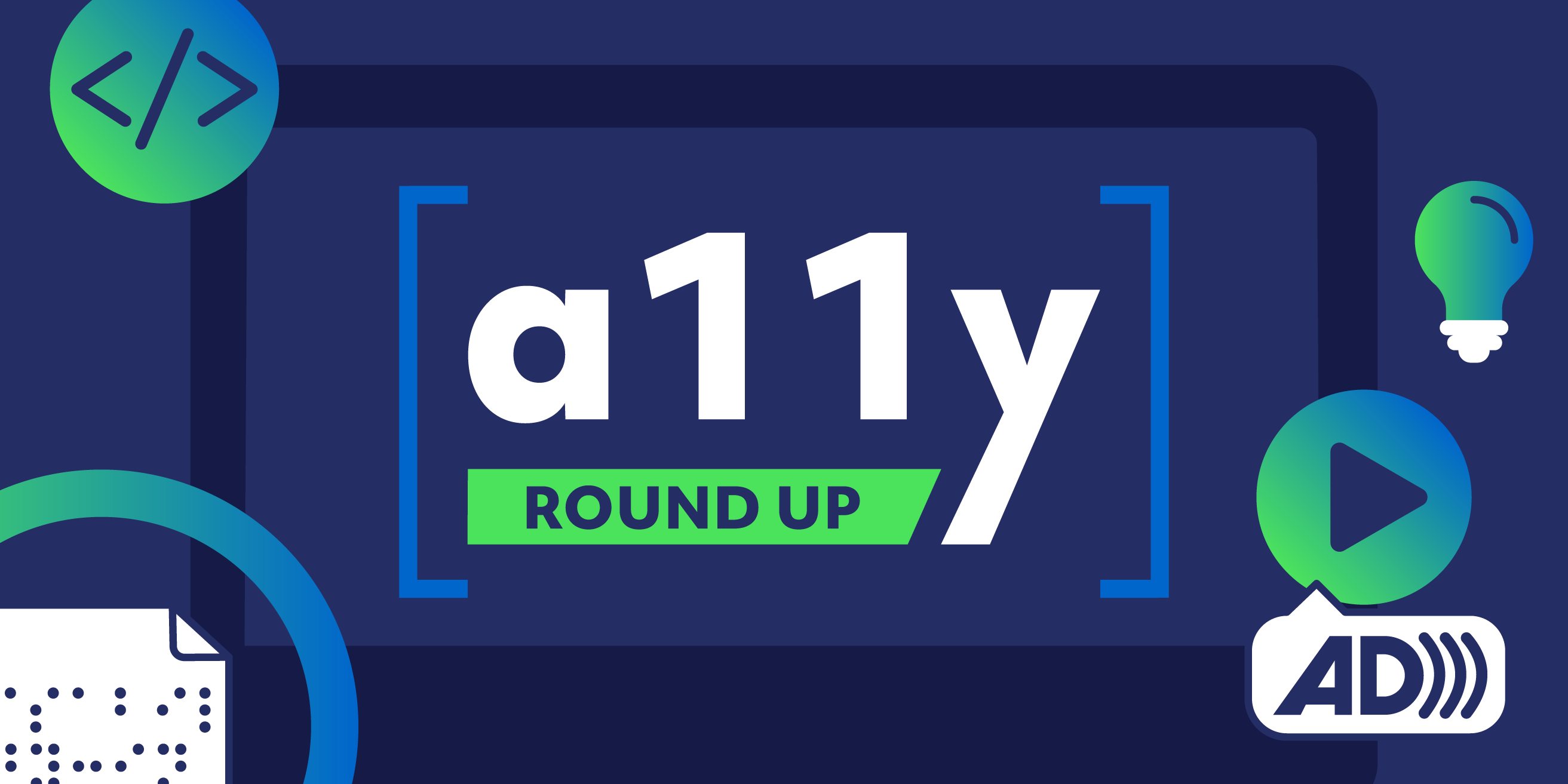Starbucks is hoping to create more inclusive environments by adding 1,000 Starbucks Community Stores, which are led by employees who directly connect to the initiative or cause of that store. The stores, which number 150 today, strive to provide programming and experiences that support economic opportunity in communities and create pathways to opportunity for employees, Katie Young, senior vice president of global growth and development at Starbucks, said in a company press release. Some serve under-resourced and vulnerable communities while others seek to help farmers, youth, women or military communities.
“Since our earliest days, we have worked to create a culture of warmth and belonging in our stores — a place where everyone is welcome,” she said in the release. “We know that the more we design for inclusion, to be welcoming and to strengthen our communities, the better our business will be and the better the Starbucks experience will be for our partners and customers. It inspires and motivates us to make our store and digital environments even more inclusive and accessible at every turn.”
Understanding Communities
Starbucks will use the American Human Development Index — developed and calculated by Measure of America — an initiative of the Social Science Research Council, to identify where its Community Stores could provide the most value and better serve vulnerable communities in the United States.
The information will help the chain create programming focused on inequities across education, food security, health and economic security. In addition to supporting economic development in under-resourced neighborhoods, Community Stores also serve as incubators for how Starbucks can scale locally relevant programming to nearly 9,000 Starbucks stores it serves across the U.S, according to the release.
Designing Inclusive Experiences
With the recognition that one in four American adults has a disability and all people experience changes to their physical or mental health, Starbucks’ goal is to ensure that physical and digital Starbucks environments meet an elevated standard of accessibility by 2030. It’s testing the following technology solutions:
- Speech-to-text technology that provides a live visual display of speech for partners and customers to reference when placing or picking up an order.
- Order readiness notifications through a customer order status board that visually provides an update and confirms when an order is ready.
- These efforts build on other accessible design improvements over the last year. Since 2021, Starbucks has offered free Aira service, which connects people who are blind or have low-vision to trained, professional visual interpreters who provide instant access to visual information about the customer’s surroundings through a smartphone app. Starbucks also offers multiple formats of the menu including large-print and Braille menus in all stores in the U.S. and Canada. Globally, Starbucks operates 11 signing stores that provide a space for the Deaf and hard of hearing community to connect through sign language and celebrate Deaf culture.
“We applaud Starbucks’ commitment to designing more accessible in-store and digital experiences that create a true sense of belonging for everyone,” Jill Houghton, president and CEO, Disability:IN, said in the release. “This inclusive design methodology helps level the playing field by recognizing disability is part of the human condition and is a natural part of anyone’s identity. We know that by designing a better experience for people with disabilities, you are also designing a better experience for all.”

